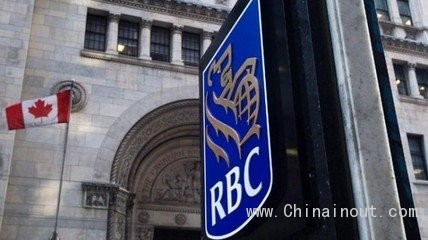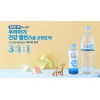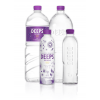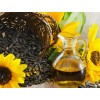多伦多-根据加拿大皇家银行制造业采购经理人指数数据来看,加拿大八月份的制造业势头在整体状况自去年十一月起迅速有所改善。

该指数表明,阿尔伯塔省和不列颠哥伦比亚省记录了最完善的数据,同时整个加拿大制造商均从美国经济好转当中受益。
调查发现,制造商自2013年11月开始产量显著增加,新订单也不断增加。
最新的调查亦指出,就业人数已经连续七个月持续上涨,自2013年9月以来就业比例达到最高。
该报告还指出,八月份的数据还指出加拿大以外地区自三月以来新工作达到最大增幅,一些受访者说这一增长是由于美国客户更多的消费行为。
报告还提供了有关通货膨胀的利好消息,去年十二月以来平均投入价格以最慢的速度在不断增长。
“加拿大制造业的势头显而易见,其有利说明就是连续第九个月的指数不断上升,”加拿大皇家银行首席经济学家克雷格·赖特在一份声明中说道。
“我们预计,加拿大制造业将继续直接从美国经济复苏中获益,这已经并将继续取得积极的进步。”
加拿大皇家银行制造业采购经理人指数是基于这样的因素,如新订单,产量,就业以及股票购入数量。(中国进出口网翻译整理)
September 2, 2014
TORonTO - Canada's manufacturing sector gained momentum in August with overall conditions improving at the fastest past since last November, according to the RBC Canadian manufacturing purchasing managers' index.
The monthly survey says the index registered 54.8 in August, up from 54.3 in July and above the neutral 50.0 value.
Alberta and British Columbia recorded the most improvement, while Canadian manufacturers on the whole benefited from the strengthening U.S. economy, the index indicated.
The survey found that manufacturers had the sharpest increases in output and new orders since November 2013.
The latest survey also highlighted that employment numbers rose for the seventh month in a row, and at the strongest rate since September 2013.
The report also said the August data pointed the biggest increase in new work from outside Canada since March, with a number of those surveyed saying the rise was due to more spending by customers in the U.S.
It also provided positive news on inflation, with average input prices increasing at their slowest pace since last December.
"The momentum in Canada's manufacturing sector is clearly being sustained with the index registering the ninth consecutive month of improvement," RBC chief economist Craig Wright said in a statement.
"We expect that Canadian manufacturers will continue to directly benefit from the strengthening U.S. economy, which has made and will continue to make positive strides."
The RBC's Canadian manufacturing purchasing managers' index is based on such factors as new orders, output, employment and stock of items purchased.











